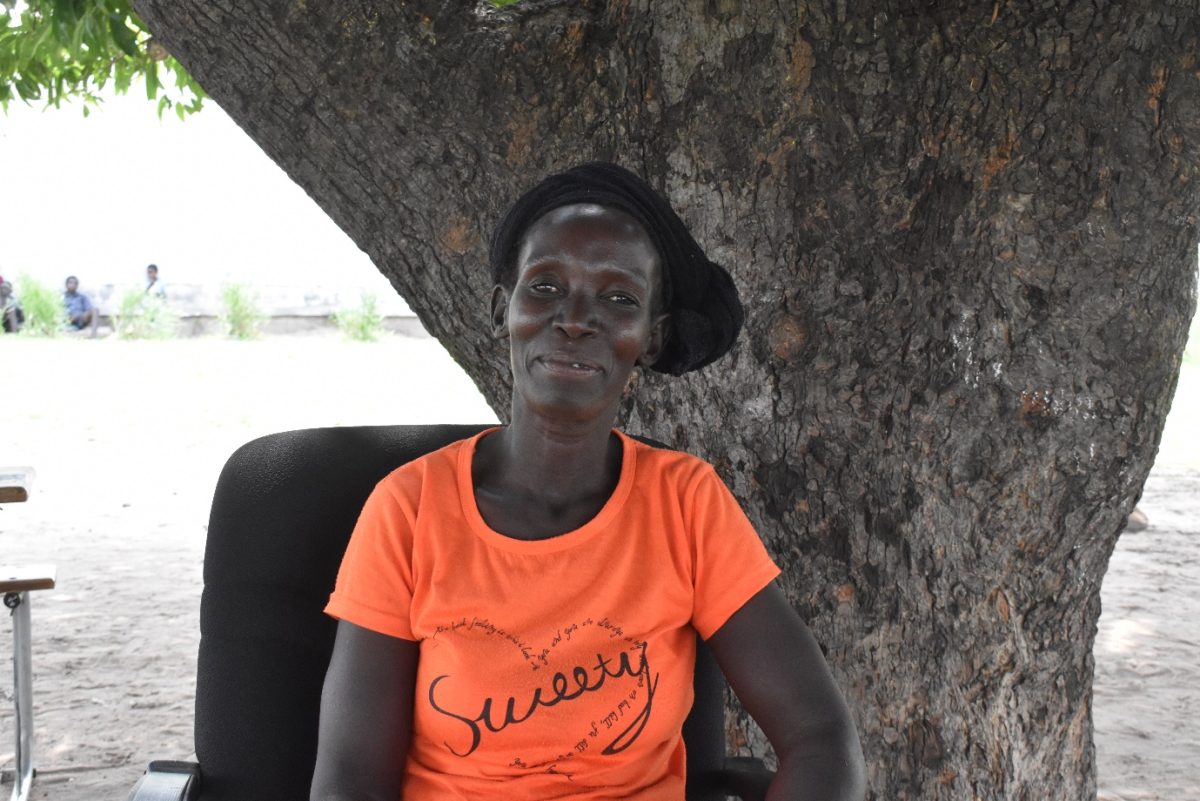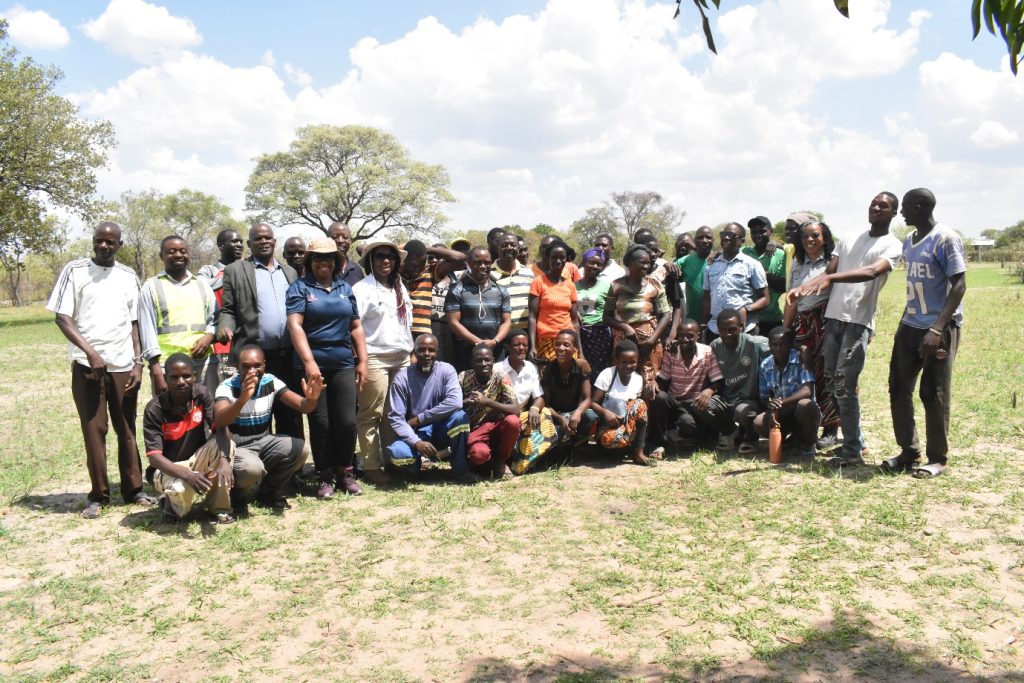Building drought resilience nurtures livelihoods and hope in Southern Africa
Posted in : Blog on 12 March 2025

Susan Muzumi, headwoman of a village in Kazungula, a small settlement in Zambia, knows all too well the devastating impacts on communities of Southern Africa’s protracted drought.
“Living in an area that depends on rainfed irrigation means I am at the mercy of the weather,” says Muzumi, a farmer and mother of eight children. “When the rains are insufficient or fail to arrive altogether, it greatly impacts my harvests.”
Southern Africa has been grappling with lack of rainfall since 2018, and in 2024 suffered the most severe drought in a century. But help is on the way to Muzumi’s village, thanks to the Cooperation in International Waters in Africa (CIWA) and its partners.
A drought for the ages
Protracted droughts have inflicted tremendous hardship on communities, with cities running out of water, declining hydropower production, collapsing rural livelihoods, and food insecurity.
Last year, the El Niño-induced climatic phenomenon unleased droughts, cyclones, and floods across the region, affecting 61 million people in Southern Africa. The widespread drought caused a 71 percent decrease in harvested cereal compared to the previous year, leading to widespread food insecurity.
Highly dependent on rainfed agriculture and climate-sensitive livelihoods, the Southern Africa Development Community (SADC) region is home to about 345 million people, over 70 percent of whom rely on groundwater as their primary water source, but it is largely untapped.

Building resilience to drought
CIWA has long been on the ground in Southern Africa, working with regional partners such as the SADC, river basin organizations, national governments, and communities to increase resilience to drought. Its former Southern Africa Drought Resilience Initiative installed drought-monitoring and early-warning systems and improved drought monitoring, preparedness, mitigation, and response.
Today, CIWA is enhancing drought resilience through its Sustainable Groundwater Management in SADC Member States initiative. Now in its second phase, the project is building capacity for sustainable groundwater management; knowledge development, dissemination, and advocacy; resilient livelihoods; and inclusive groundwater management.
SADC member states currently only use 1.2 percent of their groundwater resources. Groundwater is often used without proper knowledge of the aquifer potential or monitoring of its status and use, potentially leading to overexploitation or contamination and jeopardizing long-term sustainable use. Monitoring groundwater resources is crucial in a heating and drying climate.
The SADC project is enhancing livelihoods and groundwater management by giving small grants of $125,000 each to 12 countries to launch community groundwater projects.
Zambia’s grant is being deployed to:
- Map and develop groundwater at Sihumbwa Basic School in Kazungula District, Southern Province
- Characterize aquifers in the Sihumbwa area
- Determine water demand for Sihumbwa Basic School and the surrounding community
- Supply clean and safe water to Sihumbwa Health Post
- Construct three boreholes
- Design and build a solar-powered water supply network to the school, clinic, and community, and
- Protect the Sihumbwa catchment from deforestation
SADC’s Groundwater Management Institute is implementing CIWA’s project in collaboration with Zambia’s Ministry of Water Development and Sanitation. The Global Environment Facility is the project co-founder.
“Hope for the future”
Susan Muzumi grows maize, groundnuts, sorghum, and millet on her two-hectare farm. The water shortages have sharply decreased the yield of her crops—and her income. For the past several years, she hasn’t been able to produce enough food to feed her family or sell at the local market.
Without rain to nourish her crops, she is forced to sell wild fruits such as monsomonso, mawi, and metu, but it does not generate enough income to feed her four daughters, four sons, and husband.
Her troubles are mirrored throughout her village of about 600 people, which is about 130 kilometers northeast of Namibia.
The inadequate water supply at Sihumbwa Basic School affects children’s ability to learn and presents an obstacle for girls, who may miss school during their menstrual periods due to water scarcity. Students and teachers must rely on buckets for drinking, with multiple people sharing the same cup of water, compromising their hygiene. What’s more, women and girls must wake up early to trek about nine kilometers to fetch water—detracting from their studies and exposing them to gender-based violence.
Having access to clean groundwater at the school of about 500 children could be a game changer, says Headmaster Lanest Hamatika. He expects the school to be able to resume orchard and gardening projects, which have been suspended during the drought, harming the school’s ability to nourish students through its feeding program.
Community members hope that, with access to clean water, they will be able to develop new income streams from aquaculture and gardening. The project is expected to be completed this year.
“With reliable water access, I can diversify my crops, improve their quality, and more effectively support my family,” says Muzumi. “The project will empower us as farmers, allowing us to build resilience against climate variability and ensuring we can continue growing the crops essential for our livelihoods.
“For me, this project represents more than just a borehole and a tap of running water,” Muzumi adds. “It symbolizes hope for a better future where my livelihood is safeguarded, and my community can thrive.”


